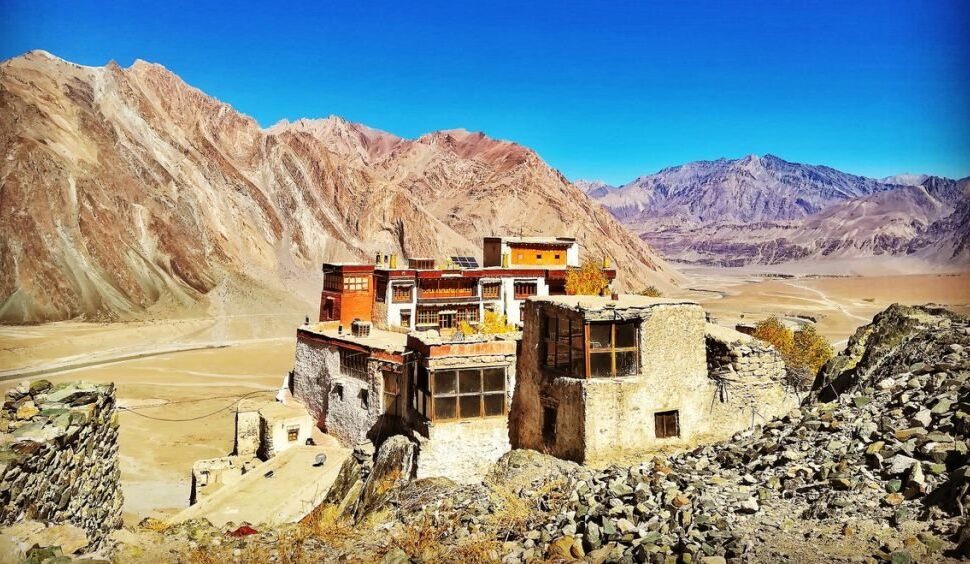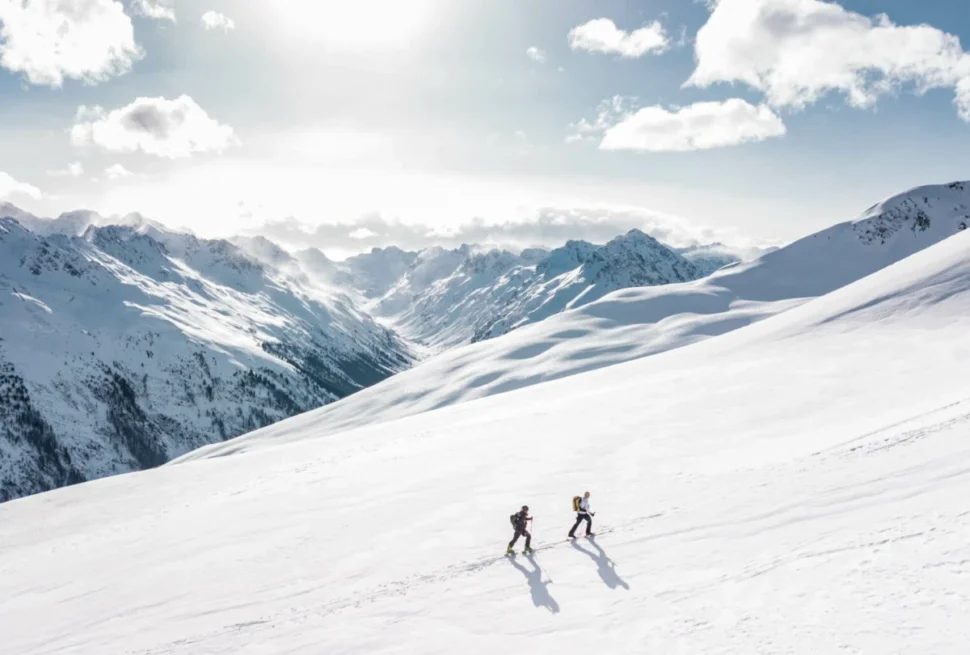For centuries, the Himalayan mountain passes served as lifelines—connecting the Indian subcontinent to Central Asia, Tibet, and beyond. Long before modern borders were drawn, these high-altitude corridors ferried silk, spices, stories, and spiritual exchange across the formidable spine of South Asia.
While the echoes of ancient trade caravans have faded, these passes remain vital—militarily strategic, culturally symbolic, and increasingly, the pulse points of Himalayan tourism. Today, travelers chasing the surreal beauty of Ladakh are drawn through these very passes, seeking the thrill of altitude, the serenity of vast skies, and the raw marvel of geology carved by time.
Welcome to Ladakh, the Land of High Passes—where each ascent is a journey into wonder.
The Role of Mountain Passes in the Modern Day

Beyond their timeless mystique, mountain passes in Ladakh still serve multifaceted purposes:
- Strategic lifelines for military logistics, especially to frontier outposts like the Siachen Glacier.
- Tourist gateways to remote valleys and lakes like Nubra, Pangong, Tso Moriri, and Zanskar.
- Adventure corridors for bikers, trekkers, and road warriors seeking the ultimate Himalayan thrill.
Not all passes are accessible year-round; most close in winter due to heavy snowfall, while others remain open only to military or special permit holders
Unmissable Mountain Passes in Ladakh
Here’s your curated guide to Ladakh’s most iconic (and accessible) passes:
Khardung La (5,602 m)
Often billed as one of the world’s highest motorable passes, Khardung La links Leh to Nubra and Shyok Valleys. Its significance is not just geographical—it serves as the supply route to the Siachen Glacier. The views are spectacular, though the weather can change rapidly, so keep layers handy.
Umling La (5,883 m)
Now the highest motorable pass on the planet, Umling La offers a surreal drive through the high-altitude desert near Hanle and Demchok. Its remote location makes it one of the least crowded yet most rewarding journeys for high-altitude explorers.
Chang La (5,391 m)
The icy climb to Chang La rewards you with fluttering prayer flags and sweeping panoramas en route to Pangong Tso. Named after the revered saint Changla Baba, the pass often hosts a temple and army-run café offering piping hot tea to brave travelers.
Tanglang La (5,328 m)
Situated on the Leh–Manali Highway, this majestic pass offers panoramic views and marks the gateway to the More Plains. Though often overshadowed by its taller counterparts, Tanglang La still delivers high on drama and landscape.
Wari La (5,312 m)
This lesser-traveled route connects Sakti to Nubra Valley and is a favorite among seasoned bikers for its isolation, river crossings, and raw beauty. It’s steep, rugged, and unforgettable.
Baralacha La (4,890 m)
A confluence of three mountain ranges—Zanskar, Pir Panjal, and the Great Himalayas—Baralacha La links Lahaul with Zanskar. Nearby, the emerald-hued Suraj Tal lends divine beauty to this former trade crossroad.
Lachung La (5,059 m) & Nakee La (4,769 m)
Both situated on the Manali–Leh Highway, these passes come back-to-back and serve as precursors to Sarchu. Decorated with prayer flags and framed by jagged ridgelines, they mark the true start of your journey into altitude.
Marsimik La (5,590 m)
Often visited en route to Pangong’s northeast edge, Marsimik La is raw, remote, and restricted. It’s a frontier zone nestled near the Chang Chenmo River basin, usually accessible only with special permits.
Shingo La (5,091 m)
This pass links Darcha in Himachal Pradesh to Padum in Zanskar. It’s a key feature of the Darcha–Padum trek and is now being developed as part of the Nimmu–Padum–Darcha road, which will eventually offer an alternate route into Ladakh.
Phirtse La (5,450 m)
A remote and challenging pass on the Phuktal–Padum trekking route, Phirtse La is rarely visited but offers jaw-dropping views and a true sense of isolation. It’s ideal for seasoned trekkers looking to explore the spiritual heart of Zanskar.
Kongka La (5,000+ m)
Located near the disputed India–China border in eastern Ladakh, Kongka La is not open to tourists but holds geopolitical and historical significance. Mentioning it briefly (with a note on restricted access) can add depth to your blog’s narrative
Tips Before You Ascend
- Start early: Weather deteriorates quickly in the afternoon.
- Fuel up: Some routes have no petrol stations for hundreds of kilometers.
- Pack layers: Even summer sees sub-zero temperatures at altitude.
- Stay hydrated and avoid alcohol.
- Always carry snacks, water, permit copies, and a basic first-aid kit
Final Words
The mountain passes of Ladakh are not just roads—they’re revelations. Every bend reveals a new facet of Earth’s highest frontier, each summit earned through grit and rewarded with grandeur. Whether you’re a biker chasing altitude records or a quiet seeker yearning for wide skies and silence, these passes will leave you humbled—and transformed.



